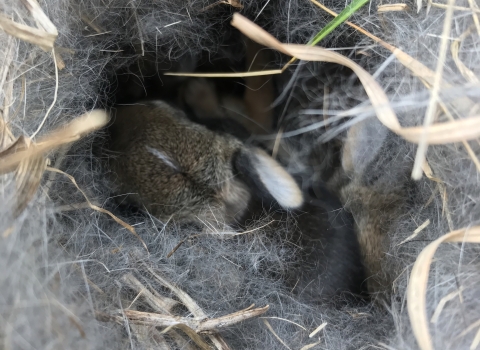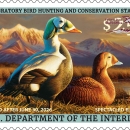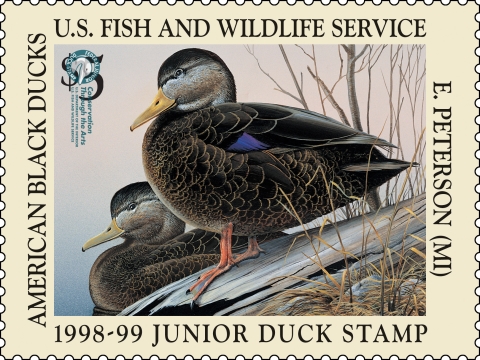Visit Us
Once refuge boundaries are marked and posted on newly acquired lands, some public use opportunities will be available.
Location and Contact Information
About Us
Established in November of 2019, Green River is the 568th National Wildlife Refuge in the nation, and the second refuge managed in Kentucky. This newly established refuge currently totals only a small number of acers. It is located in Henderson, Kentucky, near the confluence of the Ohio and Green rivers. Because of its location near the two rivers, the area is historically known for bottomland hardwood forest. This important habitat helps support migrating waterfowl, songbirds, fish, and other wildlife.
The U.S. Fish and Wildlife Service identified a 53,000-acre Conservation Partnership Area, from which the Service will assemble 24,000 acres of land through donation and acquisition from willing sellers to create the refuge. This is a long-term conservation effort that may take decades to complete. The number of willing sellers and availability of funding will determine the timeline for completing land acquisition. Once established, the refuge can provide recreational opportunities for visitors, including hunting and fishing.
What We Do
While this is a newly established refuge, we have numerous goals for Green River National Wildlife Refuge that include:
- Establish a second national wildlife refuge national wildlife refuge
A national wildlife refuge is typically a contiguous area of land and water managed by the U.S. Fish and Wildlife Service for the conservation and, where appropriate, restoration of fish, wildlife and plant resources and their habitats for the benefit of present and future generations of Americans.
Learn more about national wildlife refuge fully located in Kentucky to support fish, wildlife, and habitat conservation; - Protect and manage wetlands and bottomland forest habitat to support waterfowl, migratory birds, and threatened and endangered species;
- Provide high-quality hunting and sport fishing;
- Provide opportunities for public use and environmental education and interpretation;
- Collaborate with partners to protect and enhance biodiversity and water quality within the Ohio River and Green River watersheds, benefiting people and wildlife; and
- Ensure healthy wildlife populations for the benefit of Kentuckians and all Americans.
Creating Green River National Wildlife Refuge and meeting these goals is a long-term conservation effort that may take decades to complete. The number of willing sellers and availability of funding will determine the timeline for completing land acquisition. The U.S. Fish and Wildlife Service will buy land from willing sellers only. If your land falls within the Conservation Partnership Area and you would like more information follow the link below.
Our Organization
Our Species
Green River National Wildlife Refuge is located in Henderson, Kentucky, near the confluence of the Ohio and Green rivers. Because of its location near the two rivers, the area is historically known for bottomland hardwood forest. This important habitat helps support migrating waterfowl, songbirds, fish, and other wildlife.
Our Library
Our digital library is currently not vast, but will be a collection of refuge documents, management plans, and brochures that will be included as they are developed.
Get Involved
We have good things we want to accomplish, but we can't do it all by ourselves. From Kentucky Junior Duck Stamp participation to support of our partners, find out more on how you can get involved.





